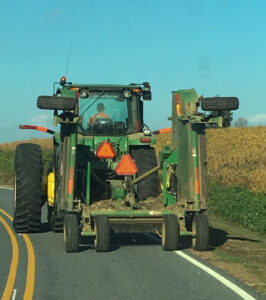
Share the Road and Keep Safe During Harvest!
It’s that time of year again! Farmers are hard at work, doing what they need to do to get …



Extension and research at NC State address timely issues impacting our state. Extension delivers trusted information directly into the hands of farmers and agribusinesses, helping them translate knowledge into solutions that grow our economy and communities.
El inglés es el idioma de control de esta página. En la medida en que haya algún conflicto entre la traducción al inglés y la traducción, el inglés prevalece.
Al hacer clic en el enlace de traducción se activa un servicio de traducción gratuito para convertir la página al español. Al igual que con cualquier traducción por Internet, la conversión no es sensible al contexto y puede que no traduzca el texto en su significado original. NC State Extension no garantiza la exactitud del texto traducido. Por favor, tenga en cuenta que algunas aplicaciones y/o servicios pueden no funcionar como se espera cuando se traducen.
Inglês é o idioma de controle desta página. Na medida que haja algum conflito entre o texto original em Inglês e a tradução, o Inglês prevalece.
Ao clicar no link de tradução, um serviço gratuito de tradução será ativado para converter a página para o Português. Como em qualquer tradução pela internet, a conversão não é sensivel ao contexto e pode não ocorrer a tradução para o significado orginal. O serviço de Extensão da Carolina do Norte (NC State Extension) não garante a exatidão do texto traduzido. Por favor, observe que algumas funções ou serviços podem não funcionar como esperado após a tradução.
English is the controlling language of this page. To the extent there is any conflict between the English text and the translation, English controls.
Clicking on the translation link activates a free translation service to convert the page to Spanish. As with any Internet translation, the conversion is not context-sensitive and may not translate the text to its original meaning. NC State Extension does not guarantee the accuracy of the translated text. Please note that some applications and/or services may not function as expected when translated.
Collapse ▲
It’s that time of year again! Farmers are hard at work, doing what they need to do to get …

The holiday season will be among us soon, which means holiday meals, and holiday gifts like the Instant Pot! …
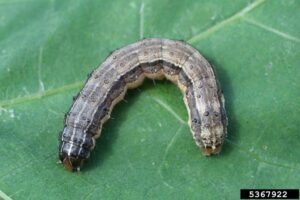
This year there have been several reports of fall army worms damaging pastures. As the name suggests, these pests …

It’s not too late to register, if you want to participate in the Extension Master Gardener℠ Volunteers of Union …

It’s time for a Summertime recipe! Who doesn’t love a nice frozen treat to cool off? Yogurt & Blueberries …
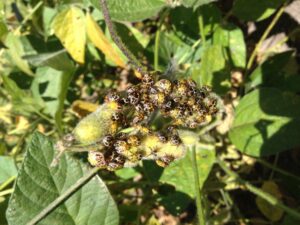
With corn coming out of the field, it is easy to forget about pest control in your soybeans that …

Now that schools are in session and Labor Day is here, my thoughts turn to fall, even though our …

Happy September everyone! We are officially two-thirds through the year 2021. This year has been a whirlwind and with …

This month, UC Extension is thrilled to announce the completion and subsequent grand opening of The Special Events Center …
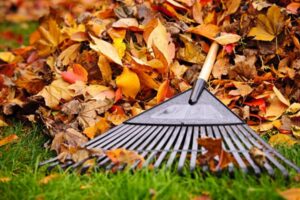
With the heat of summer and the dog days of August upon us, not too many folks are thinking …
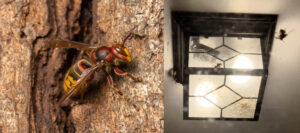
In recent weeks we’ve been getting a lot of messages regarding large wasps coming to porch lights. In all …
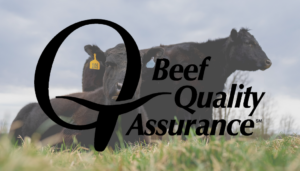
The BQA program, which stands for Beef Quality Assurance, is a voluntary national program designed to increase consumer confidence …
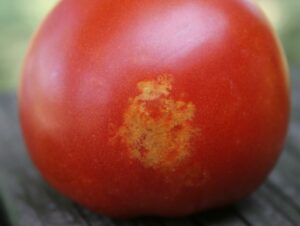
When we have the stretches of high temperatures that we see each summer, we can experience problems with vegetable …
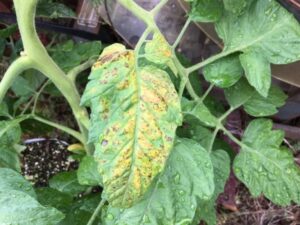
Viral diseases of greenhouse tomatoes in North Carolina occasionally cause serious damage and large economic loss. The amount of …
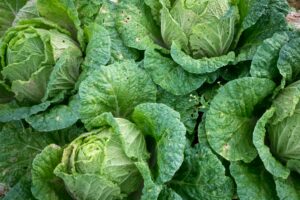
It’s the middle of summer, so many are thinking about keeping cool by staying inside or heading for the …
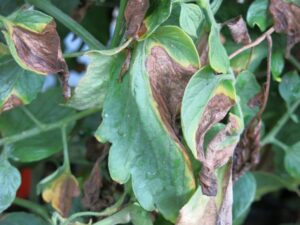
Verticillium wilt is caused by two different species of a soilborne fungus: Verticillium albo-atrum and Verticillium dahliae. Initial symptoms of Verticillium wilt include …
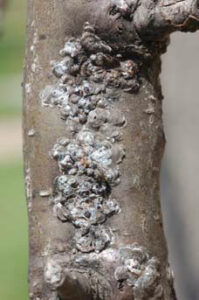
Many scale insects are serious pests of ornamental shrubs and trees. Obscure scale is an armored scale that feeds …
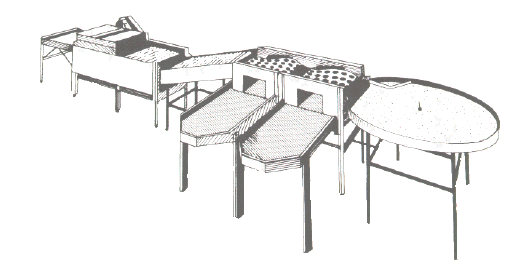
This publication has been prepared to acquaint growers, shippers and processors with energy-efficient handling and …
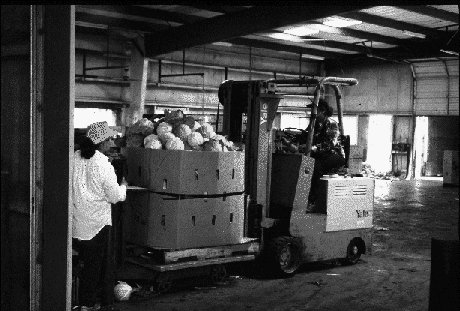
This publication has been prepared to acquaint growers, shippers and processors with energy-efficient handling and …
This publication has been prepared to acquaint growers, shippers and processors with energy-efficient handling and …
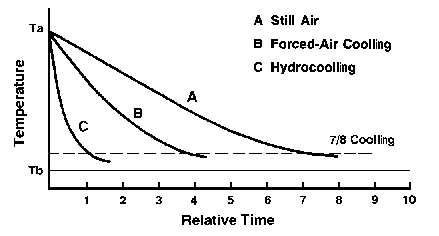
This publication has been prepared to acquaint growers, shippers and processors with energy-efficient handling and …
This publication has been prepared to acquaint growers, shippers and processors with energy-efficient handling and …
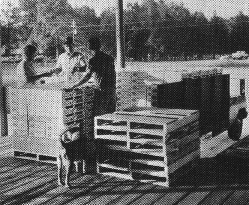
This publication has been prepared to acquaint growers, shippers and processors with energy-efficient handling and …
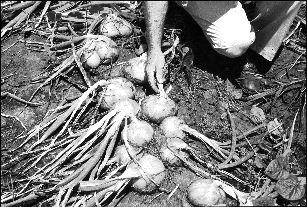
This publication has been prepared to acquaint growers, shippers and processors with energy-efficient handling and …
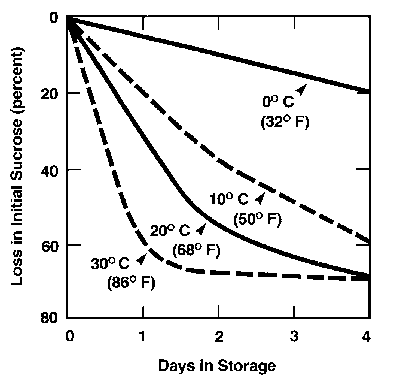
This factsheet acquaints growers, shippers and processors with energy-efficient cooling and handling methods useful in …